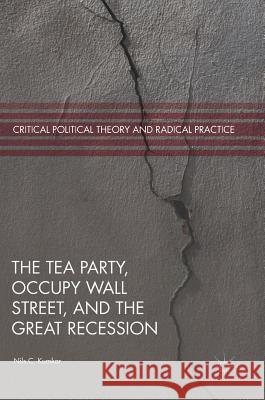The Tea Party, Occupy Wall Street, and the Great Recession » książka
topmenu
The Tea Party, Occupy Wall Street, and the Great Recession
ISBN-13: 9783319736877 / Angielski / Twarda / 2018 / 279 str.
Kategorie BISAC:
Wydawca:
Palgrave MacMillan
Seria wydawnicza:
Język:
Angielski
ISBN-13:
9783319736877
Rok wydania:
2018
Wydanie:
2018
Numer serii:
000472815
Ilość stron:
279
Waga:
0.63 kg
Wymiary:
21.01 x 14.81 x 2.39
Oprawa:
Twarda
Wolumenów:
01
Dodatkowe informacje:
Wydanie ilustrowane











